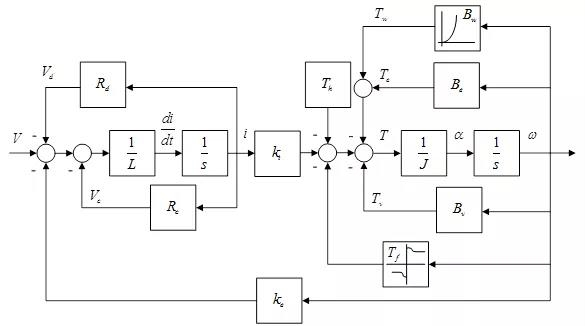What are the permanent magnet motor energy losses, and how to use these losses to reconstruct the motor model?
The motor is a conversion mechanism between electrical energy and kinetic energy, the actual energy conversion of permanent magnet motors is as follows: the input electrical energy flows through the motor conductive coil, converted to magnetic energy by the electromagnetic effect, the use of permeable materials to transmit, and the motor inside the permanent magnet interaction, the use of magnetic force homopolar repulsion and anomalous attraction characteristics, the formation of the rotor in the motor of the relative motion, resulting in the output of the kinetic mechanical energy.
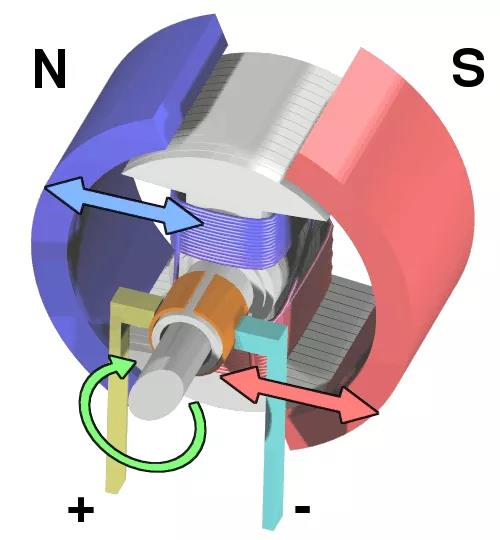
It can be seen that the permanent magnet motor system has electrical, magnetic and mechanical three energy forms, in order to incorporate the actual loss of permanent magnet motor system, redefine the mathematical model of the permanent magnet motor, need to analyze the loss of permanent magnet motor for various situations.
By the second law of thermodynamics, it can be seen that energy in the transmission and conversion process, there will be losses, energy can not be 100% transmission, permanent magnet motor can be divided into electrical energy loss, magnetic energy loss and mechanical loss of three categories. After subdividing them, they can be organized into the following losses: voltage drop loss, copper loss, hysteresis loss, eddy current loss, friction loss, viscous loss and wind loss.
Voltage drop loss
Voltage drop loss belongs to one kind of electrical loss, which is caused by the motor power connecting wire and phase changer. The motor needs to transmit power to the motor coil through the power connecting wire and phase changer, and the motor coil has a resistive value, while the power connecting wire and phase changer also have a resistive value; from the electric circuit science, it can be seen that the two resistors connected in series will produce a voltage dividing effect, which results in the motor coil being affected by the voltage drop, i.e., the actual trans-voltage of the motor coil is lower than the input voltage. The actual voltage across the motor coil is lower than the input voltage.
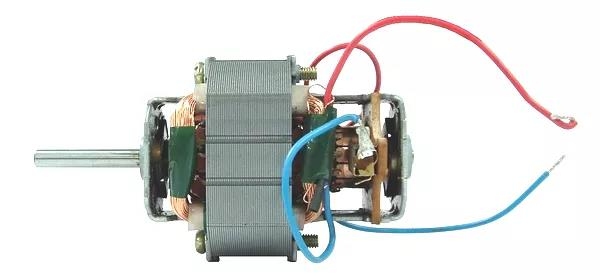
Copper loss
Copper loss is also a kind of electrical loss, which refers to the loss of electrical energy transmission caused by the impedance of the material when the current passes through the conductive material, and is called conduction loss in circuit science; its source is the resistance of the motor coil, and the coil entity is shown in the following side. Motor coils generally use copper with low impedance value as the conductive material, so the motor conduction loss is directly called copper loss.

Iron loss
Iron is known as the magnetically conductive material, often referred to as the magnetically conductive material of the motor core. In practice, most of the silicon steel sheets with high saturation flux density and low loss are used as the magnetically conductive material of the motor, and the entity of the silicon steel sheet is shown in the following side. Losses generated by magnetic materials are collectively referred to as iron losses, including hysteresis losses and eddy current losses, both of which are losses caused by the transmission and conversion of magnetic energy in the magnetic material.

Hysteresis Loss
When any energy is transmitted and transformed, there must be losses, and magnetic energy is no exception. Hysteresis loss is the loss of energy required to rearrange the atomic structure of a magnetically conductive material into a magnetic direction when it is subjected to changes in the external magnetic field.

Eddy current loss
Eddy current loss is also the loss generated by the magnetic material, which is a kind of magnetic energy loss; it is caused by the instantaneous change of magnetic field when the motor rotates and changes phases, which generates the induced current flow in the magnetic material and causes the loss.
Friction loss
Friction loss is a kind of mechanical loss. When an object is traveling, a force in the opposite direction will be generated on the contact surface with other things to resist the force in the moving direction, which is called friction loss. Friction loss can be subdivided into static friction loss and dynamic friction loss of two kinds; static friction loss system describes the object just started to move, the need to first apply a larger force to overcome the static friction of the contact surface, can begin to move; when the object continues to travel, there is still a size of a fixed friction on the contact surface, that is, for the dynamic friction.

Theoretically, the friction will be affected by the speed parameters, but the impact of speed range is very small, only in the beginning of the movement of the moment there is a significant difference between the motor to be tested is fast running to the high-speed section, this time only by the impact of kinetic friction, so in the analysis of the motor loss, friction can be regarded as a fixed loss independent of the speed.
Sticky Loss
Sticky loss is also a kind of mechanical loss, when the object is moving, and the fluid contact surface will have a sticky force, the motor for the rotor by the air-fluid action, as well as the bearing lubrication oil caused by the sticky resistance, the characteristics of the system sticky force size is proportional to the speed.
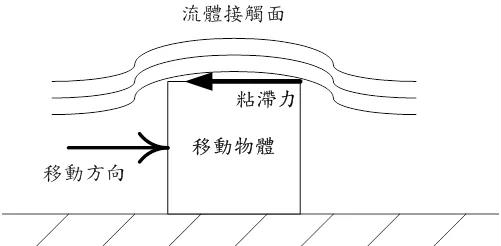
Wind loss
Wind loss for the object moving direction by the positive fluid resistance, in the motor is caused by the rotation of the air flow, due to the structure of the space limitations generated by the pressure difference between the flow field, and then derived from the air resistance, so it is called wind loss, and the speed of the quadratic curve relationship.
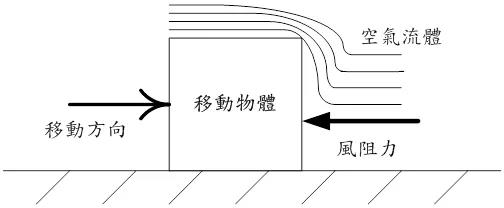
Conclusion
By analyzing the characteristic parameters of PM motors in terms of energy type and importing the actual loss of the motor, the PM motor system model is reconstructed as follows.
